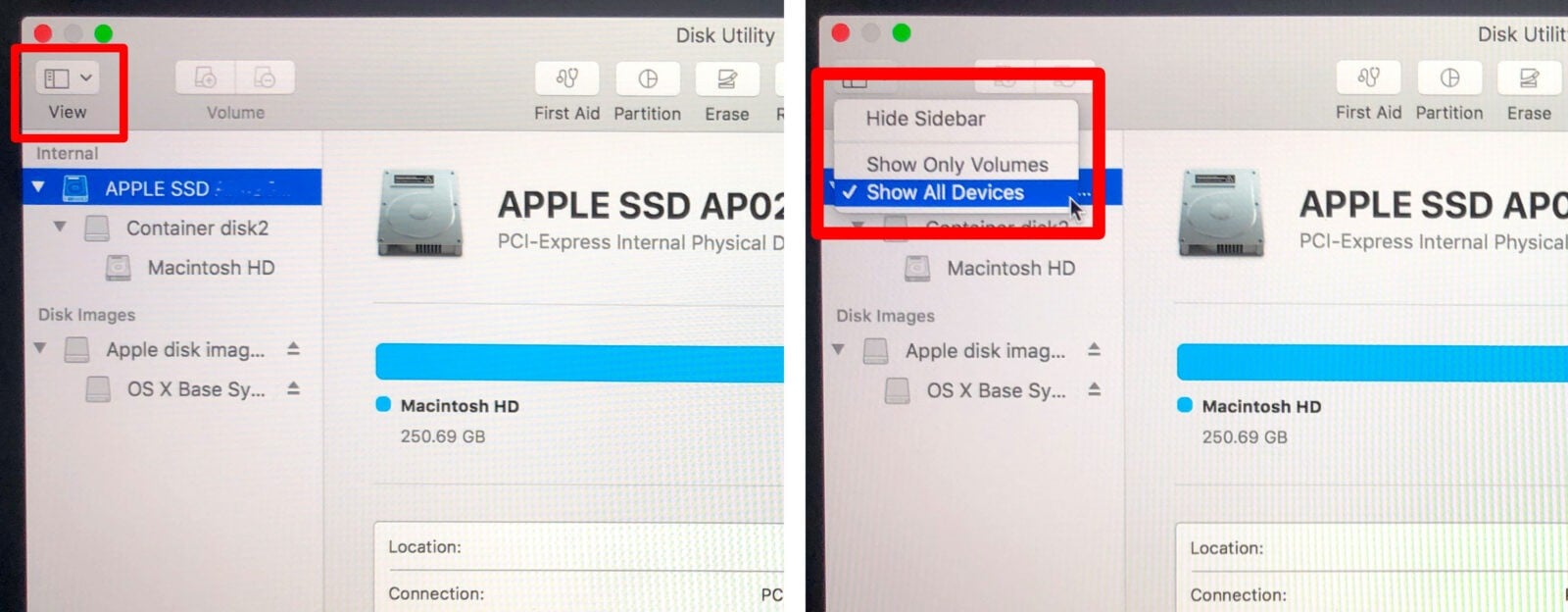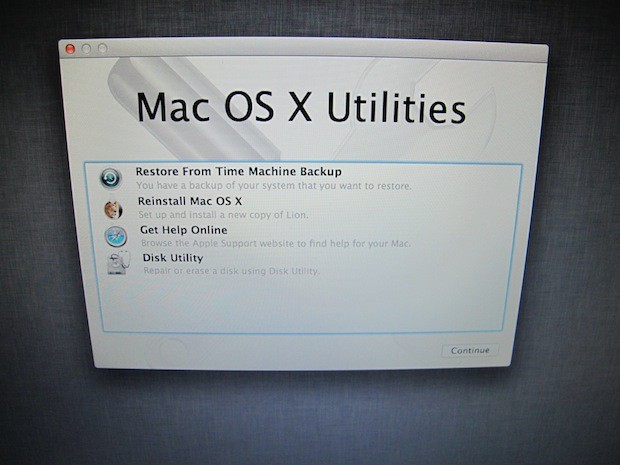

- #HOW TO INSTALL IMAC OPERATING SYSTEM MAC OS X#
- #HOW TO INSTALL IMAC OPERATING SYSTEM MANUAL#
- #HOW TO INSTALL IMAC OPERATING SYSTEM SOFTWARE#
- #HOW TO INSTALL IMAC OPERATING SYSTEM PASSWORD#
Click on a Finder window and choose “Go to Folder” in the Go menu. #HOW TO INSTALL IMAC OPERATING SYSTEM MANUAL#
The manual way to remove old user caches: If you don’t want to spend the next 20 minutes on repetitive clicking and typing, jump right to the automatic solution further down.
#HOW TO INSTALL IMAC OPERATING SYSTEM MAC OS X#
What's more, old caches may interfere with your new Mac OS X installation, so this step is pretty essential.Ĭleaning can be done either manually or using a dedicated app. Having cleaned them up, you may discover around 35 GB of newly created space previously taken by junk.
#HOW TO INSTALL IMAC OPERATING SYSTEM SOFTWARE#
Whatever OS X you are currently on, system junk and outdated cache files are a potential source for software conflicts. Step 1: Clean system junk on your current Mac OS X We’ve got the steps outlined below, so let’s get to it. And finally, after doing a backup, you can clean install OS X of your choice from USB. Once it’s all cleaned up, the next you should do is backup your newly cleaned Mac. First, you should clean up your Mac from the old baggage - system files that have piled up over time. To clean install Mac OS from USB, there are three things you should do.

So if you’re looking to give your Mac a fresh start with just a classic Mac OS X and nothing else, to clean install Mac OS from USB is the best option for you. There are so many things you can do with past OS X - like Lion, Mavericks or Yosemite - each one of these operates flawlessly. Those who still rely on older Mac OS X operating systems, know these still are going strong. But to help you do it all by yourself, we’ve gathered our best ideas and solutions below.įeatures described in this article refer to the MacPaw site version of CleanMyMac X.
Use a USB flash drive or other secondary volume to create a bootable installer.So here's a tip for you: Download CleanMyMac to quickly solve some of the issues mentioned in this article. Use the App Store to download and install the latest macOS or an earlier macOS. You can also use these methods to install macOS, if the macOS is compatible with your Mac: If you just erased your entire startup disk, you might be offered only the macOS that came with your Mac, or the closest version still available. If the Mac logic board was just replaced, you might be offered only the latest macOS that is compatible with your Mac. Or you can use Option-Command-R during startup to be offered either the latest macOS that is compatible with your Mac, or in some cases the macOS that came with your Mac or the closest version still available. On an Intel-based Mac, you can use Shift-Option-Command-R during startup to be offered the macOS that came with your Mac, or the closest version still available. When you install macOS from Recovery, you get the current version of the most recently installed macOS, with some exceptions: When the new owner starts up the Mac, they can use their own information to complete setup. If you're selling, trading in, or giving away your Mac, press Command-Q to quit the assistant without completing setup. Your Mac might restart and show a progress bar several times, and the screen might be empty for minutes at a time.Īfter installation is complete, your Mac might restart to a setup assistant. Allow installation to complete without putting your Mac to sleep or closing its lid. If the installer offers you the choice between installing on Macintosh HD or Macintosh HD - Data, choose Macintosh HD. If the installer doesn't see your disk, or it says that it can't install on your computer or volume, you might need to erase your disk first. #HOW TO INSTALL IMAC OPERATING SYSTEM PASSWORD#
If the installer asks to unlock your disk, enter the password you use to log in to your Mac. To begin installation, select Reinstall macOS from the utilities window in macOS Recovery, then click Continue and follow the onscreen instructions.įollow these guidelines during installation: Reinstalling macOS does not remove data from your Mac.






 0 kommentar(er)
0 kommentar(er)
